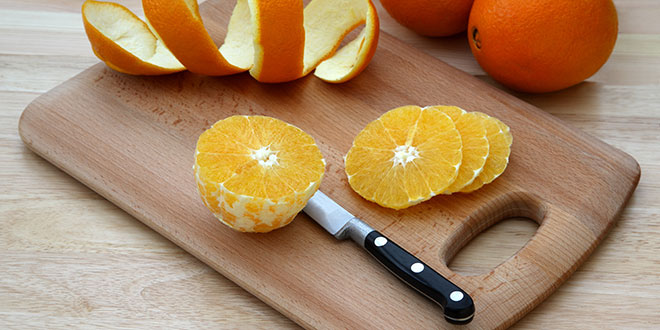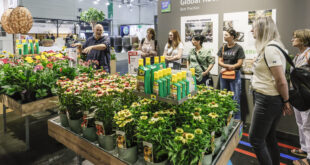Cutting board preferences can be as unique as the individuals purchasing them. Some consumers seek out function and utility while others prefer a design reflective of their tastes. While there are a variety of materials from which cutting boards can be manufactured, most are made from wood, bamboo or plastic.
Wood Cutting Boards: Wooden boards have long been a staple of the kitchen, and many professional chefs swear by them because they provide a solid, yet easy-on-the-knife-blade work surface that doesn’t diminish over time. Wood types can vary, though maple is one of the mainstays, and boards can be carved into a variety of shapes, have team logos or other designs etched into them or can be personalized for gifts.
Plastic Cutting Boards: Unlike wood, most plastic cutting boards are dishwasher safe, making cleanup between uses easier. They also are available in a variety of colors, and some even have other features, such as built-in collapsible colanders or non-skid grips. Others, like the Joseph and Joseph Folio™ Steel 4-piece Cutting Board Set come grouped with several slim-line boards designated for different uses (fish, poultry, meat, vegetables) to help prevent cross contamination during meal prep.
Bamboo Cutting Boards: Bamboo has gathered a cult following thanks to its reputation for being a highly renewable resource. Bamboo is technically a fast-growing grass, but with a density that allows it to be used in many of the same applications as wood, including use as a cutting board material. One small downside to bamboo over wood is its density, which can be harder on knife edges, dulling them faster than traditional wood.
While there are several types of boards, all must be maintained. For plastic boards, cleaning via dishwasher and spraying with either a bleach or vinegar sanitizing mixture is generally done, while bamboo and wooden boards require nothing more than soap, water, and solid drying time (boards are easily damaged if left to soak or are put away when still damp). Additionally, both bamboo and wooden boards require occasional oiling with a food grade board oil (such as Howard Cutting Board Oil or beeswax) to help keep the grains hydrated and strong enough for years of use.
 Hardware Retailing The Industry's Source for Insights and Information
Hardware Retailing The Industry's Source for Insights and Information








